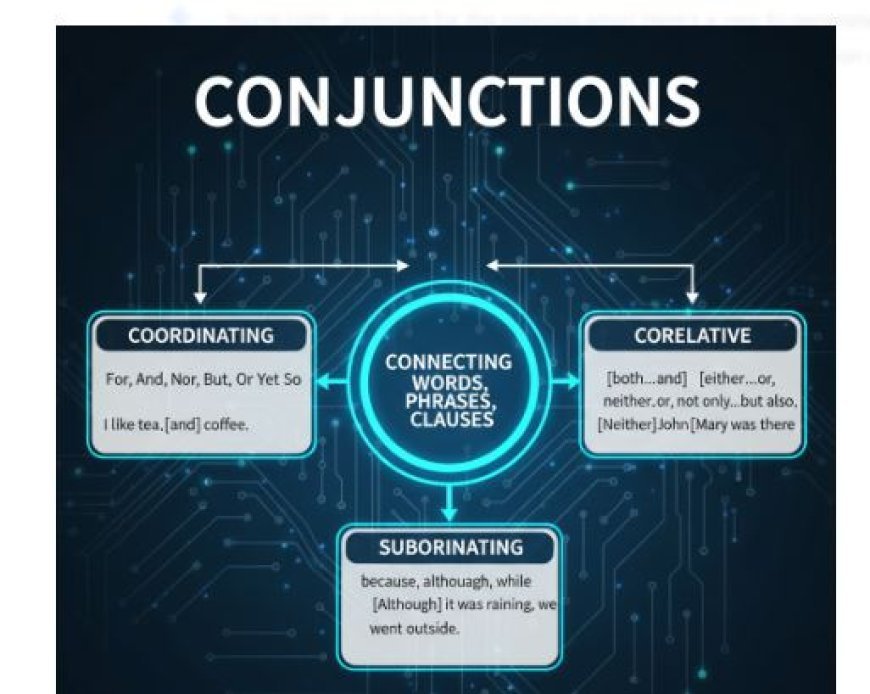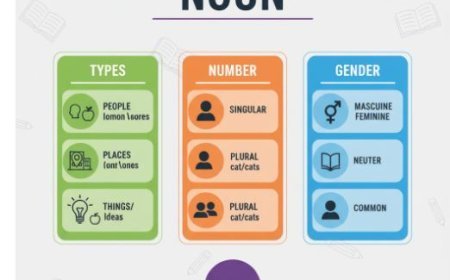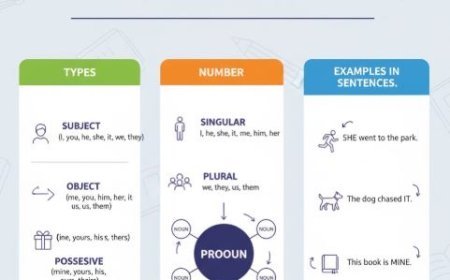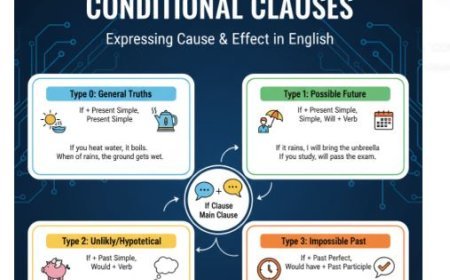CONJUNCTIONS
Conjunctions: Traffic cops for your sentences, directing words (and, but, or) or clauses (because, if, since) to flow smoothly.

CONJUNCTIONS
- In the world of grammar, there are many parts and pieces that come together to create a well-written sentence.
- One of these essential components is the conjunction. Often overlooked, conjunctions play a crucial role in connecting words, phrases, and clauses to create a cohesive and coherent sentence.
Types of Conjunctions
Coordinating, subordinating, and correlative conjunctions are the three basic categories of conjunctions.
1. Coordinating Conjunctions
When connecting words, phrases, or sentences of comparable importance, coordinate conjunctions are utilised. They are also known as FANBOYS, as they are formed by the words for, and, nor, but, or, yet, and so. These words are used to show the relationship between ideas, such as addition, contrast, or consequence. For example: 'I am allergic to peanuts, but I love peanut butter.' In this sentence, the coordinating conjunction 'but' is used to show the contrast between the two ideas.
2. Subordinating Conjunctions
- Subordinating conjunctions, on the other hand, are employed to unite dependent and independent clauses.
- A dependent clause cannot stand alone as a sentence, but an independent clause may. Subordinating conjunctions are used to show the relationship between ideas, such as cause and effect, time, or condition.
- Some examples of subordinating conjunctions are after, before, because, since, while, and if.
For example: 'After I finished my homework, I went to bed.' Here, the subordinating conjunction 'after' shows the relationship between the two clauses.
3. Correlative Conjunctions
- Correlative conjunctions are used in pairs to link two equal components of a phrase.
- Some common examples are either...or, neither...nor, both...and, not only...but also.
- These conjunctions are used to show parallelism and balance in a sentence.
For example: 'Not only do I love to read, but I also enjoy writing.' In this sentence, the correlative conjunction 'not only...but also' is used to connect two equal ideas.
Use of Conjunctions
- Conjunctions play a vital role in creating well-structured and coherent sentences. They help to link ideas, show logical relationships, and make sentences flow smoothly.
- In academic writing, conjunctions are often used to connect complex ideas and create a more formal tone. However, it is essential to use conjunctions sparingly and appropriately, as overusing them can make writing sound choppy and unprofessional
- In addition, conjunctions are also used to create compound and complex sentences, which add variety and depth to writing.
- By using different types of conjunctions, writers can effectively connect ideas and create a more engaging piece of writing.
What's Your Reaction?



































